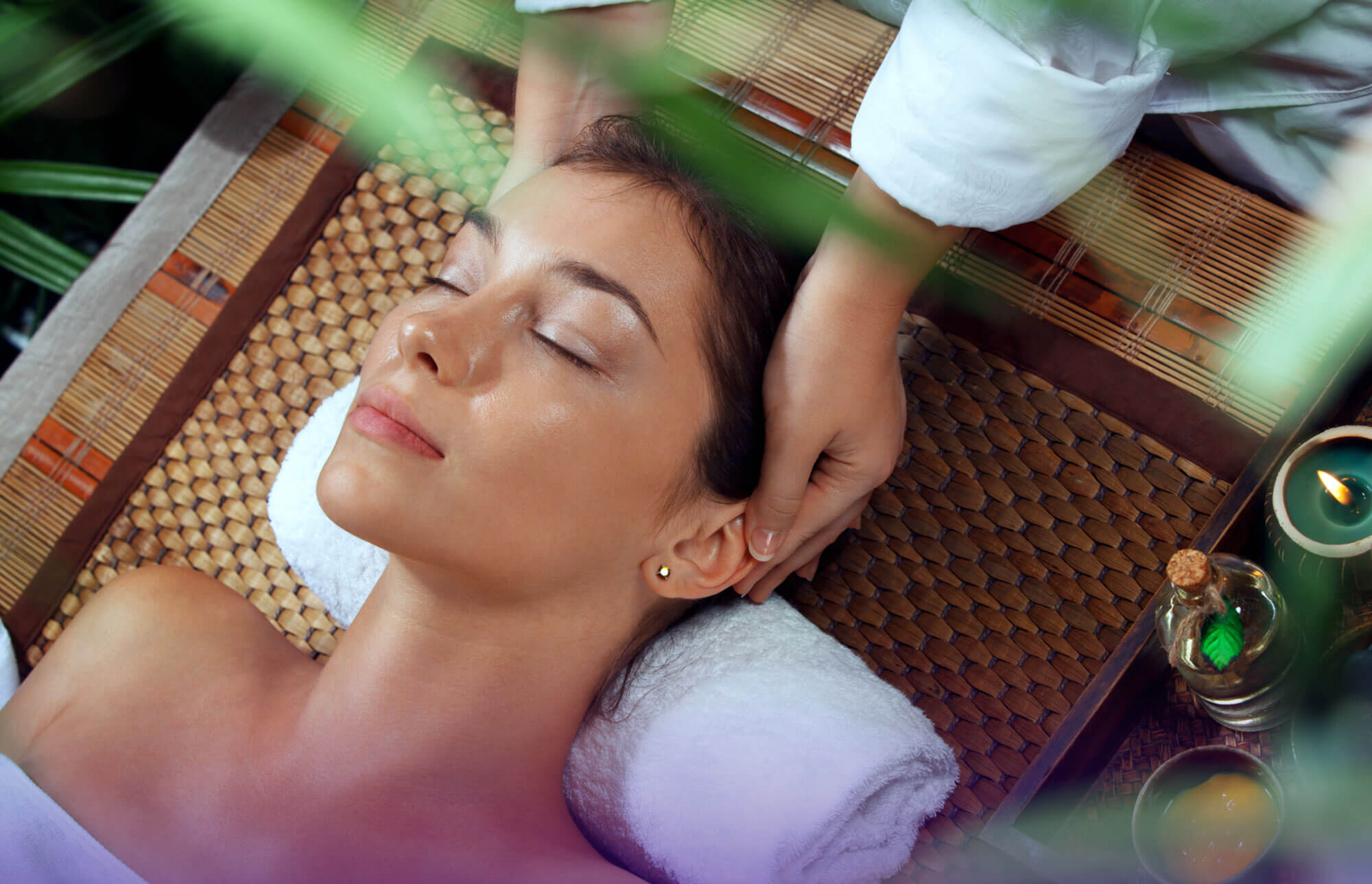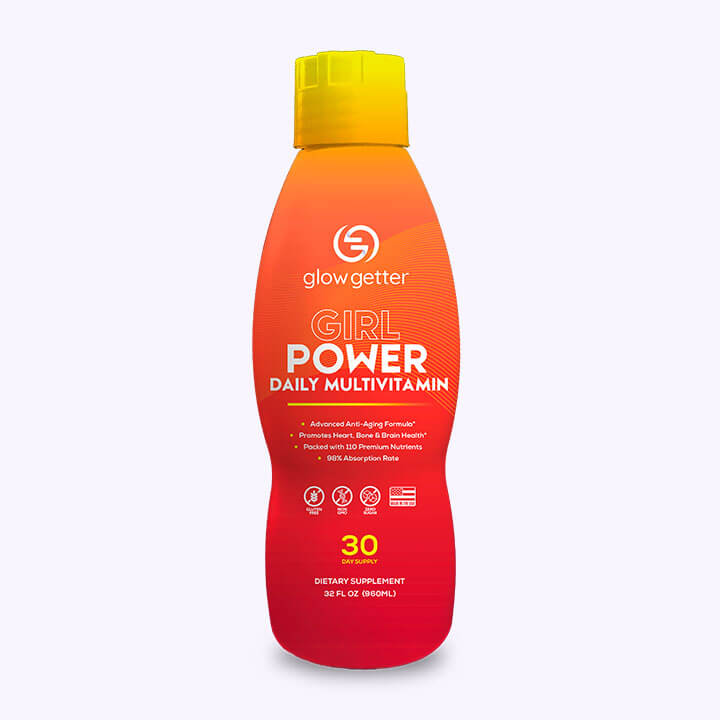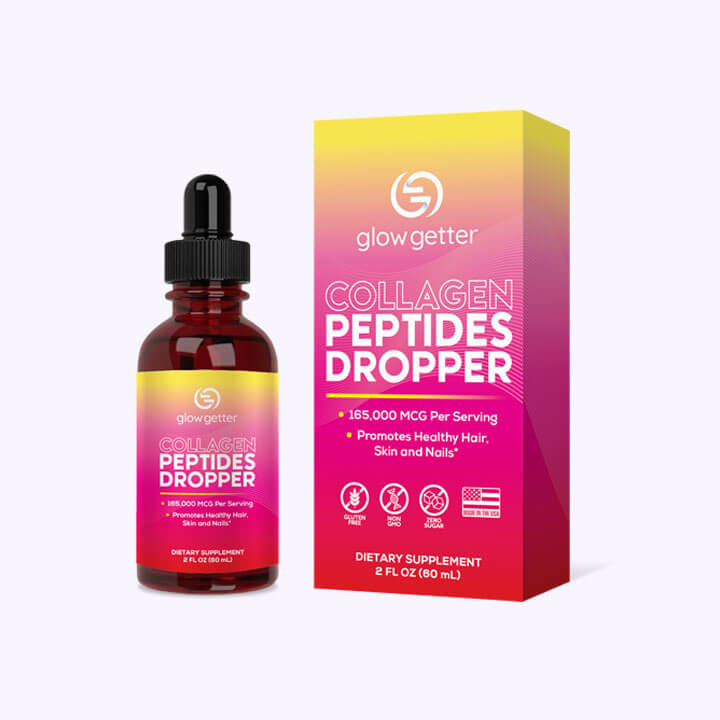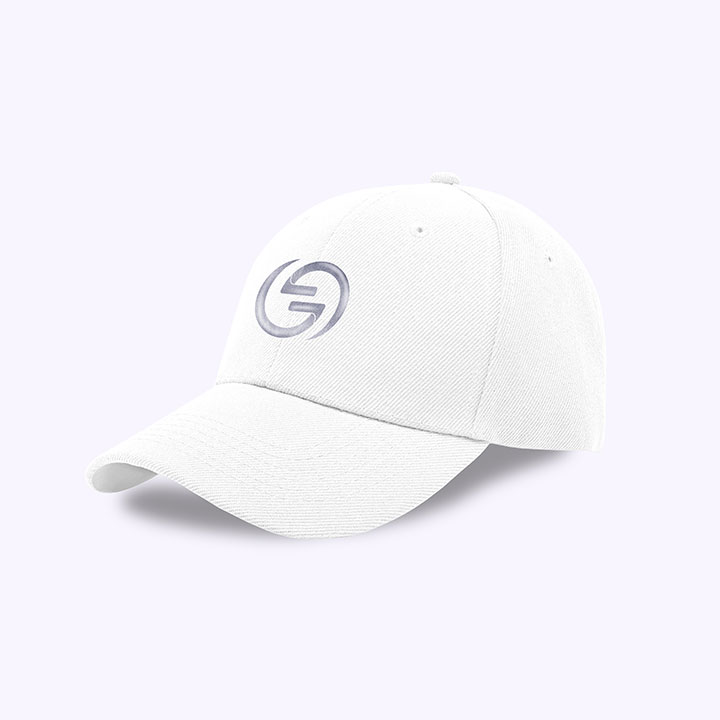Wait, What Even Is ASMR?
ASMR (Autonomous Sensory Meridian Response) is that tingling, relaxing feeling that often begins at the scalp or neck and flows outward. The triggers can vary: whispering, tapping, soft brushing, personal attention, slow, deliberate movements, or even the sound of paper crinkling.
Not everyone experiences the tingles—and that's okay. For those who do, the effects can be significant: a calmer body, lower stress, and an easier path to sleep.
The Leap from Screen to Spa
Until recently, most people encountered ASMR through earbuds and late-night YouTube binges. Now, spas are building out dedicated spaces. Think less massage-table pressure, more gentle soundscapes, soft touches, and cocoon-like ambience. Whispered affirmations, hair brushing, head-scratching, aromas, and subtle lighting all combine to create immersive calm.
One example is Whisper Wave in NYC, where clients lie in silk-sheeted rooms surrounded by sound tools and atmospheric lighting. There's no massage—just carefully chosen sensory triggers that invite deep relaxation.
What's Going On in Your Body & Brain
Here's where it gets interesting:
- Physiological calm: Studies like this one at UCLA Health show ASMR can lower heart rate and slow breathing, similar to meditation or yoga.
- Stress relief: Cortisol levels drop, easing tension lodged in shoulders and jaws.
- Mood & sleep: People report improved mood and better rest with regular ASMR exposure—even those who don't feel tingles still benefit from the calm.
- Brain activity: Imaging shows ASMR lights up regions tied to bonding, empathy, and care-taking. In other words, it helps you feel safe and connected.
A Closer Look at the Science
Research suggests ASMR is more than a quirky trend. A 2019 international survey of 10,000 people found three consistent reasons people turn to it: to reduce stress, improve mood, and help with sleep.
Why do some feel it and others don't? Genetics and personality seem to play a role. Traits like openness and mindfulness increase the likelihood of experiencing ASMR. And because it activates brain regions linked with compassion and bonding, the soothing effect may tap into something primal: our built-in need for safety and connection.
The Sound Design Side of ASMR
Sound engineers are starting to take ASMR seriously. Recording studios now use binaural microphones, shaped like human ears, to capture whispers and subtle noises with uncanny realism. In spa settings, this tech can make you feel as if someone is whispering just for you, even when it's a recording. The precision of sound design is what turns an ordinary rustle or tap into something your brain processes as deeply personal and soothing.
The Cultural Side of ASMR
ASMR isn't just making waves in wellness — it's also creeping into culture, design, and even marketing. Luxury hotels are experimenting with ASMR-inspired sleep programs, pairing gentle soundscapes with turndown service. Fashion shows have used whispering narrations and fabric-rustling audio in place of booming soundtracks. Even brands like IKEA and Michelob have leaned into ASMR-style ads to soothe (and intrigue) their audiences. It points to something bigger: the world is craving softness, and businesses are noticing.
ASMR Around the World
ASMR isn't confined to one culture. In Japan, "Iyashikei" media (soothing, healing content) overlaps heavily with ASMR principles. In Scandinavia, hygge-inspired relaxation spaces incorporate tactile and auditory cues similar to ASMR. Even traditional practices like tea ceremonies or certain forms of chanting echo the same ideas: deliberate pace, soft sound, and sensory immersion. Seeing ASMR through this global lens shows it's less of a "weird internet thing" and more of a universal human craving.
What Makes an ASMR Spa Different (and Special)
If you've had a facial or sound bath, you've brushed up against the idea. But ASMR spas heighten it by layering subtle triggers:
- Trigger-rich environment: Tapping, brushing, whispering, visual textures—each designed to gently stimulate the senses.
- Personal attention without pressure: Practitioners might brush hair, stroke fabric, or whisper affirmations. Guests stay clothed, and the touch remains light and safe.
- Ambient design: Lighting, acoustics, scent, and temperature are carefully curated for calm.
- Pure rest: There's no "work" like in massage or yoga. You simply receive the sensations.
Who It's For (and Who Might Not Love It)
ASMR is great for:
- Anyone managing stress, anxiety, or sleep troubles
- People who love gentle sensory experiences
- Curious wellness-seekers looking for new ways to recharge
And it's maybe not for:
- Those who find whispers or tapping irritating
- People with sensory sensitivities who are easily overwhelmed
- Anyone expecting deep massage or physical bodywork
Why It Might Work When Other Things Don't
Traditional wellness often emphasizes effort, like meditation that requires focus, workouts that push limits, massages that dig into tight muscles. ASMR flips that script. It asks for nothing but receptivity. You don't have to breathe a certain way, repeat a mantra, or hold a pose until your legs shake. You simply let the sensations wash over you.
That "permission to do nothing" can be surprisingly powerful, especially for people who feel like they're failing at meditation or can't turn off the mental chatter. With ASMR, there's no test to pass. All you have to do is be present enough to notice it.
It also sidesteps the productivity mindset that sneaks into self-care. A yoga class or a sound bath can feel like one more thing on the to-do list — something you have to get better at. ASMR, by contrast, thrives on passivity. The less you try, the more it works. For a nervous system constantly on guard, that surrender is medicine in itself.
And unlike some wellness practices that require long sessions to see results, ASMR often lands in seconds. That immediacy can feel like a relief, particularly for people who are overstimulated, burned out, or simply exhausted by the pressure to "optimize" their well-being. That makes ASMR uniquely suited for modern life, where few of us have the time (or patience) for lengthy rituals. In this sense, ASMR could be the ultimate "micro-practice" for nervous system regulation.
Real Talk: Is It Worth It?
Probably yes, if you find the right spa and keep an open mind.
- Value vs. cost: Sessions can be pricier than traditional spa services due to curated environments and specialized training.
- Impact: Many leave feeling lighter, calmer, even emotionally released.
- Longevity: Like meditation, consistency deepens the benefit.
The Science Caveats
This is still an emerging territory. Large-scale clinical trials are limited, and responses vary widely. Triggers that relax one person may irritate another. Expectation also matters—believing a stimulus will work can make it more effective.
How to Try It at Home
Curious but not ready to book a spa? Try it yourself:
- Create calm: Dim lights, reduce noise.
- Use headphones: Explore ASMR recordings of whispering, tapping, and crinkling.
- Try visuals: Slow hand movements, folding towels, brushing hair.
- Add gentle touch: Brush your scalp, stroke skin with a soft tool.
- Layer in scent: Lavender, sandalwood, or whatever feels grounding.
If you decide to go pro, ask about practitioner training, trigger variety, and environment before booking.
Why You Should Pay Attention
Amid burnout, rage scrolling, and sensory overload, there's something radical about slowing all the way down. ASMR spas invite you to soften, be seen, and let your nervous system reset.
Where to Experience It
On the West Coast, Soft Touch ASMR Spa in Pasadena, CA offers feather-light tracings, back tickles, and skin brushing designed entirely around your preferences. It's intimate, quiet, and built for those who find comfort in subtlety.
Across the country in Brooklyn, Luxury Escapism: The Oddly Satisfying Spa is something else entirely—a sensory art installation disguised as a spa. Guests explore whisper-only rooms, sonic saunas, tactile walls, glowing lightscapes, and even VR sandboxes. It's playful, surreal, and deeply calming, proof that relaxation doesn't have to look traditional.
Globally, the movement is expanding fast. In Tokyo, the ASMR Twix Head Spa turns hair rituals into full sensory journeys, with private rooms, sound design, and scalp treatments created by a famous ASMR content creator. And at luxury resorts like Six Senses, sound healing and ASMR-inspired treatments are being woven into wellness escapes, merging ancient practices with modern sensory science.
Final Thoughts
ASMR Sensory Spas are more than a fleeting trend—they're a reflection of a larger wellness shift toward subtlety and sensitivity. Whether you find one near you or create a mini-version at home, giving yourself space to listen, feel, and slow down could be the reset you didn't know you needed.








